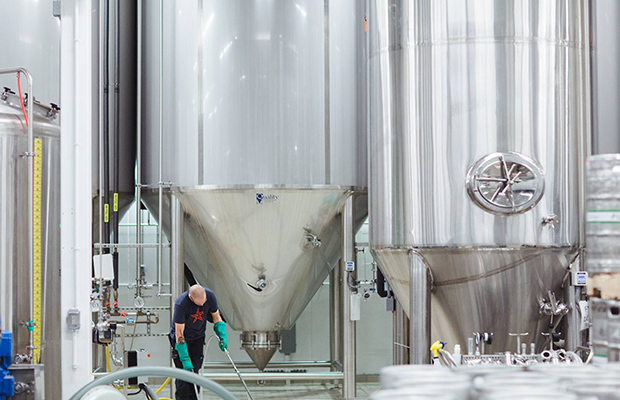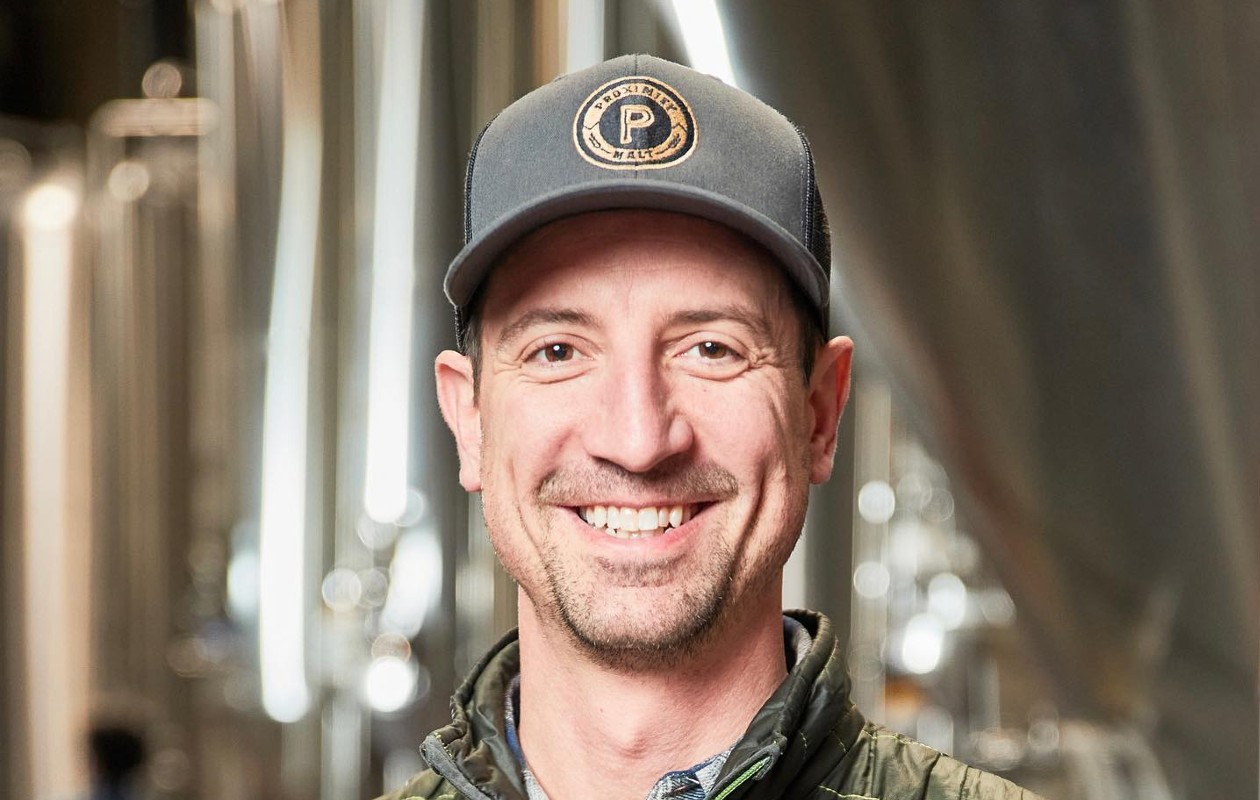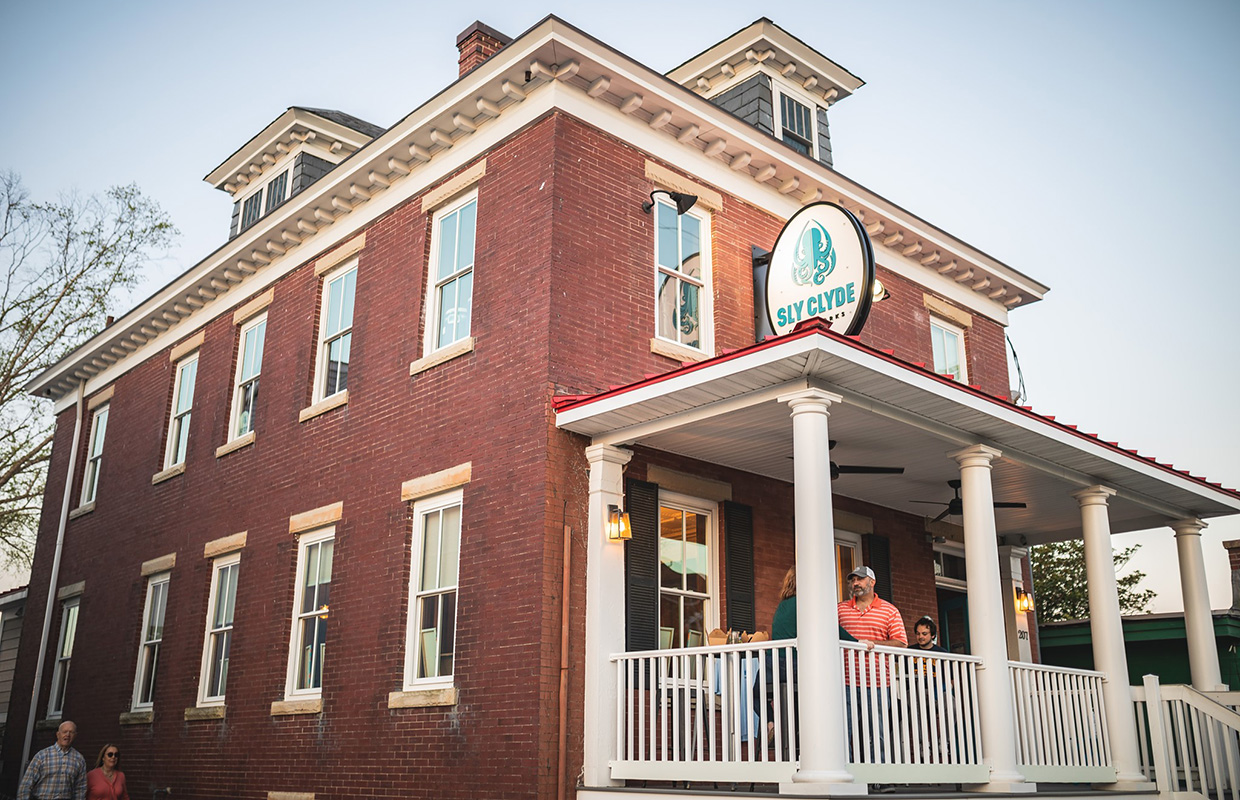
For its whole existence, Fulton Beer has either been planning, actively building, or actively remodeling its brewery for all 11 years of its existence.
“At some point this year, maybe next, we’ll be fully done for a while,” laughed co-founder Ryan Petz.
Without getting too far into the weeds of the trials and tribulations (and law changes) — Petz will gladly give the whole story over a beer from the just recently reopened taproom in Minneapolis — the Minnesota brewery has retrofitted two locations from properties the four owners bought in the last decade.
All the while, going from a brewery that contracted its beer with Wisconsin’s Sand Creek Brewing at the start to now housing a 51,000-square foot production facility along with a new 3.5-barrel brewhouse in its taproom location (which at one point was going to be the production facility … just go grab a beer with Petz for the full explanation), Fulton is set with its 80-barrel brewhouse located in Northeast Minneapolis with room to grow more than its 2019 production output of 30,000 barrels.
For the Fulton crew, building a new location from scratch wasn’t in the plans. (Read more on how some breweries did build from scratch.)
“Building new is really nice if you can do it,” Petz said, “But our only rock-solid criteria was it had to be in Minneapolis. There were no breweries other than brewpubs in Minneapolis (in 2009) and we really wanted to be a Minneapolis brewery. We like that we got to get into a spot so we could be big enough to grow into the long term.
“It’s not too far from the other [facility]. It’s good building in terms of what we needed in size, all that stuff.”
Petz said that the ideal thing when you’re building a new place is you can actually put it in right the first time. That wasn’t the plan for Fulton, so they did need to spend quite a bit on new floors for the brewhouse and tank farms for support and the ability to have good drainage. But the production location already had a big air compressor room and good air distribution all over the place.
It also had a room that was able to be converted to the wastewater room and chemical storage.
“It accepted our equipment and process and we might have had a lesser degree of reworking the building as some places would,” Petz said.
With the size of the ceilings and an 80-barrel brewhouse on delivery from Germany, Fulton uses 160-barrel fermenters. That’s an upgrade from its original 20-barrel brewhouse that was housed in the first location, but that now has been replaced recently with a new 3.5-bbl system for small-batch brewing.
Being a smaller production brewery and already in the model of creating larger batches of beer, larger format packaging during the pandemic has worked into Fulton’s wheelhouse when it comes to sales.
“People have gone to larger formats, fewer trips to the store, more trusted brands and stuff like that,” Petz said. That definitely suits us better than the other model. We weren’t really pursuing that small 200-case release anyway.”
Both 12 and 24-packs, along with the launch of a hard seltzer have been keys for the brewery at this time.
“We’re definitely seeing 12-packs taking off,” he said.
Photo courtesy Fulton Beer






Be the first to comment